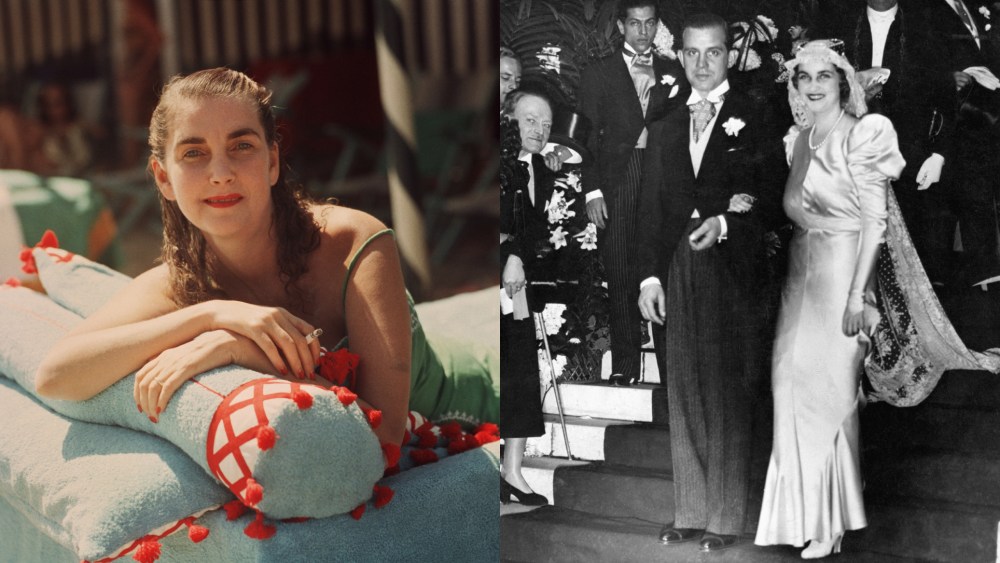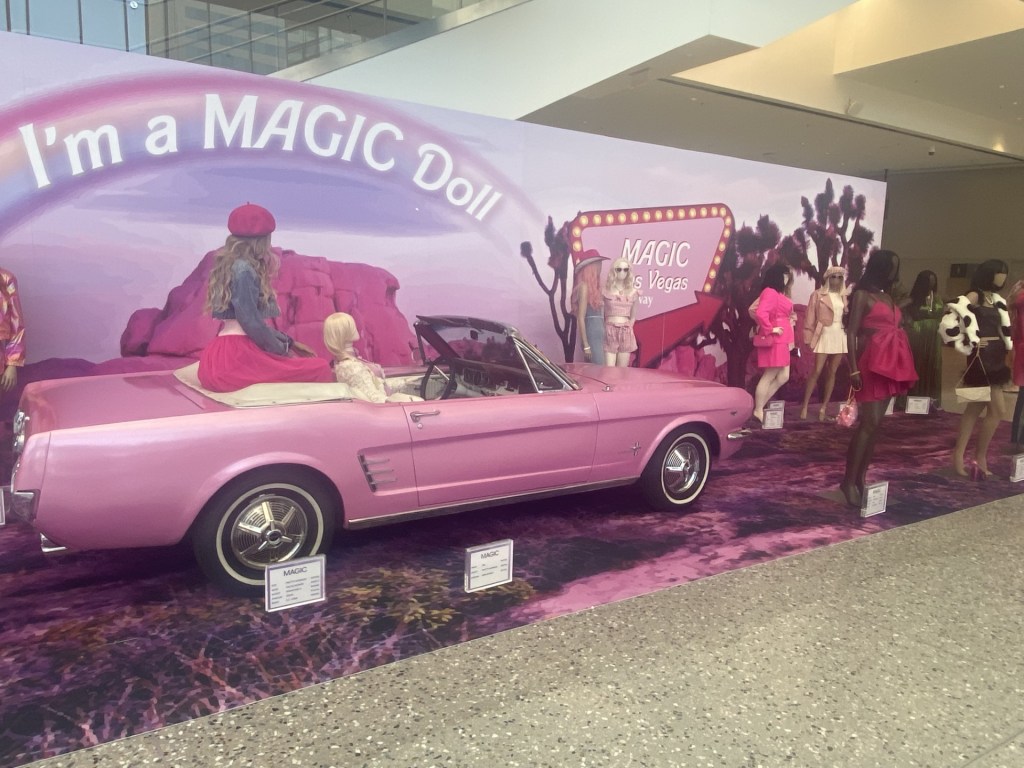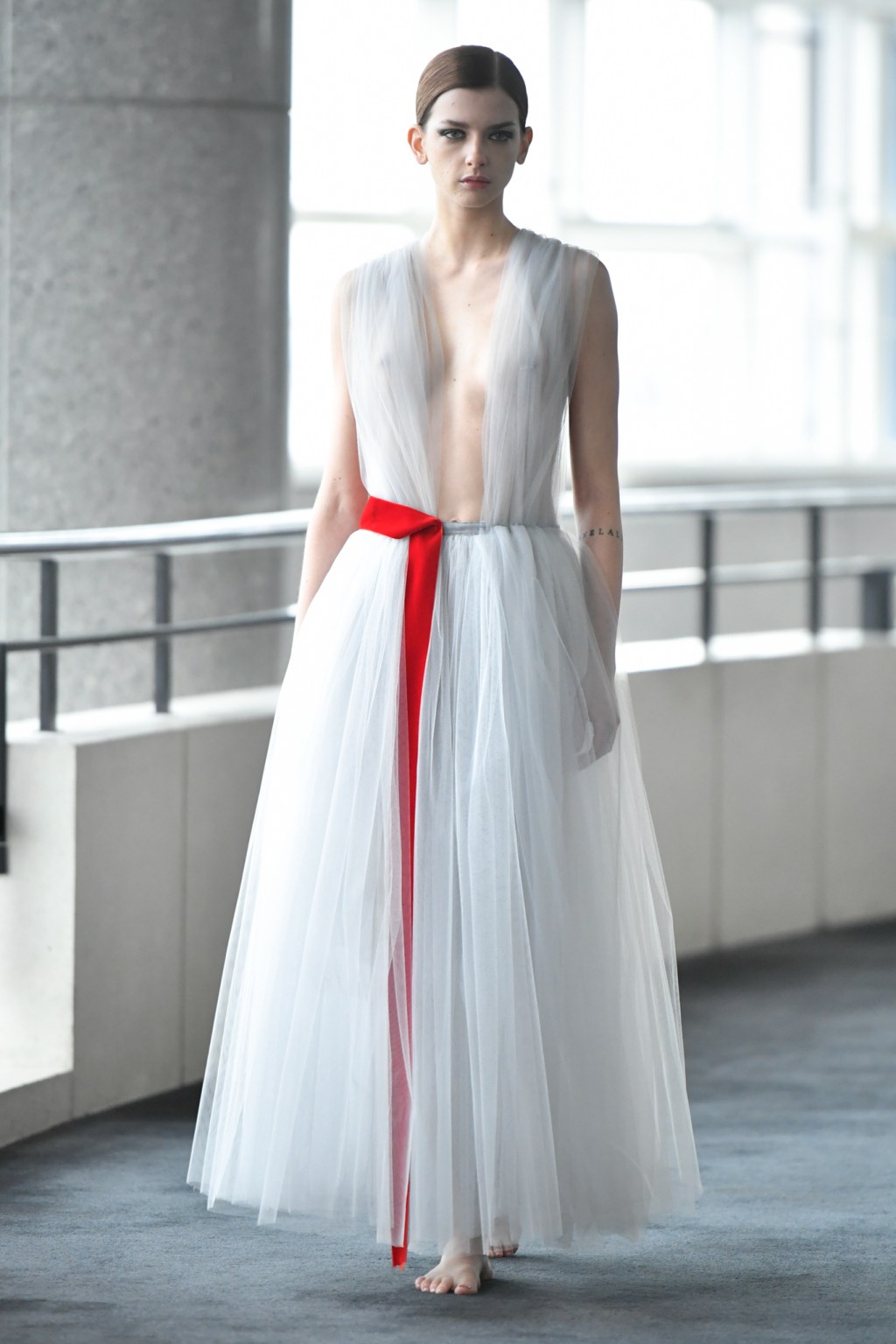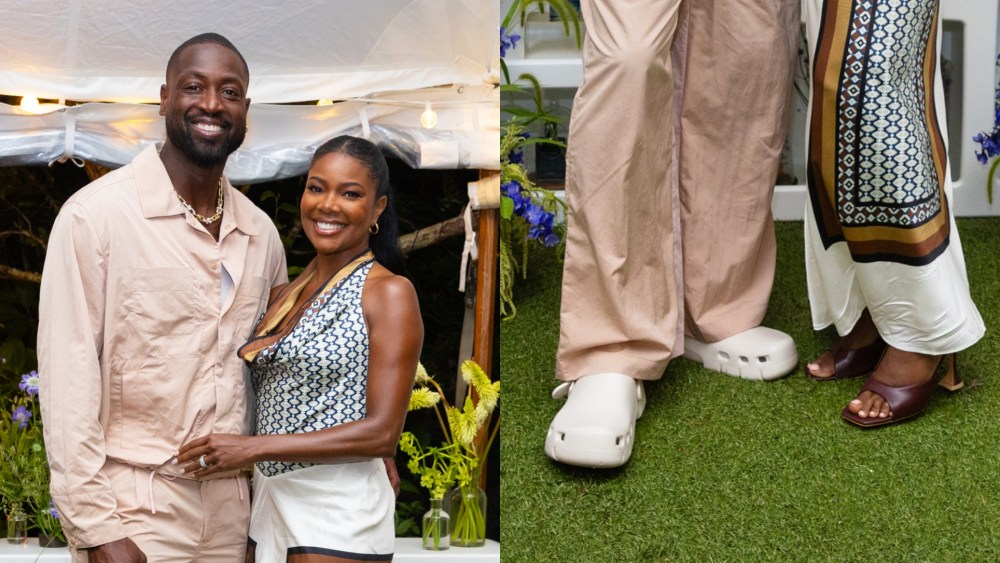Barbara Woolworth Hutton was one of the first American socialites to seize the public’s attention for her wealth and lavish style as well as for her troubled private life.
Heiress to the Woolworth fortune, Hutton often appeared in fashionable circles and made headlines for her luxurious lifestyle. Over the years, she became known for her valuable jewelry collection, an extensive list of marriages and for spending almost all of her dad’s inherited fortune.
Hutton’s debut in New York’s high society happened at her 18th birthday party, an extravagant event held at The Ritz-Carlton Hotel in 1930 during the Great Depression. Photos of Hutton in her debutante ball gown and diamond earrings took over the newspapers, inflaming a debate over her excessive flaunt during a severe economic downturn. Hutton fled temporarily to Europe to avoid the bad press.

Seven Wedding Dresses
Hutton married her first husband, Georgian Prince Alexis Mdivani, whose family fled to Paris after the Soviet invasion of Georgia in 1921. The ceremony was held in Paris on June 22, 1933. Hutton wore a silky white dress with long sleeves, dramatic shoulders and a long veil.
You May Also Like

Two years after the ceremony, after Mdivani had spent part of Hutton’s inheritance, they divorced.
In 1935, Hutton married Count Kurt Heinrich Eberhard Erdmann Georg von Haugwitz-Hardenberg-Reventlow, with whom she had her only child, Lance Reventlow. For the ceremony, the bride wore a black silk dress, a fascinator and a fur coat.

Hutton divorced Reventlow after three years of marriage, and in 1942, she exchanged vows with actor Cary Grant. For the wedding, she wore a white ruffled blouse with a striped dark coat dress.

After divorcing Grant in 1945, the socialite had four more spouses: Prince Igor Troubetzkoy (1947 to 1951), Porfirio Rubirosa (1953 to 1954), Baron Gottfried Alexander Maximilian Walter Kurt von Cramm (1955 to 1959) and Pierre Raymond Doan (1964 to 1966).

The Romanov Jewels Mystery
Hutton owned a generous collection of jewelry, most of which she bought from Jules Glaenzer, former chairman of the board of Cartier Inc. The most famous piece of her collection was the Vladimir Tiara, which was made from emeralds that had belonged to Romanov Duchess Marie of Mecklenburg-Schwerin.
Mecklenburg-Schwerin had an extensive jewelry collection, which she kept after she fled Russia following the abolition of the monarchy in 1917. Her jewels were reportedly smuggled out of a secret vault in the Vladimir Palace and she was reunited with them in exile.
The Duchess’ jewelry collection was sold by her children after her death, with Cartier purchasing most of it. Emeralds of the collection were sold to Queen Mary of England, Queen Elizabeth II, Elizabeth Taylor and Hutton.
Hutton transformed the emeralds into a tiara with a yellow gold frame. Later in life, she sold the tiara to house Van Cleef & Arpels, which went on to sell the emeralds separately. The identity of the current owners of the Mecklenburg-Schwerin emeralds remains a mystery.

Fashion Lover
Hutton was a loyal customer of Cristóbal Balenciaga, who reportedly would allow her to break one of his main rules, letting her buy a whole collection at once.
The socialite was also an admirer of designer Oleg Cassini, who described his relationship with Hutton in his autobiography “In My Own Fashion,” released in 1987.
According to Cassini, he was convinced by Cary Grant to help him save his marriage with Hutton. “He said, ‘Oleg, I understand Barbara thinks the world of you. You know, we are having problems. I hope you don’t have any interest in her personally, because frankly that would be a terrible blow to me. Now, if I can trust you, if I am sure there is no romantic interest there, if I’m convinced you are a friend, I will ask you to do me a favor – intercede on my behalf. Be a peacemaker. Please tell her to be reasonable,’” the designer, who was married to Gene Tierney at the time, recalled in his book.
“Poor Little Rich Girl”
Hutton’s story inspired a television biographical drama starring Farrah Fawcett in 1987. The film, “Poor Little Rich Girl: The Barbara Hutton Story,” portrays Hutton as the victim of social climbers, narrating her troubled relationships and the death of her only son, who died in a plane crash in 1972.

“Poor Little Rich Girl: The Barbara Hutton Story” won a Golden Globe Award for Best Miniseries or Television Film.
Barbara Hutton died at 66 years old at the Four Seasons Hotel in Los Angeles.



